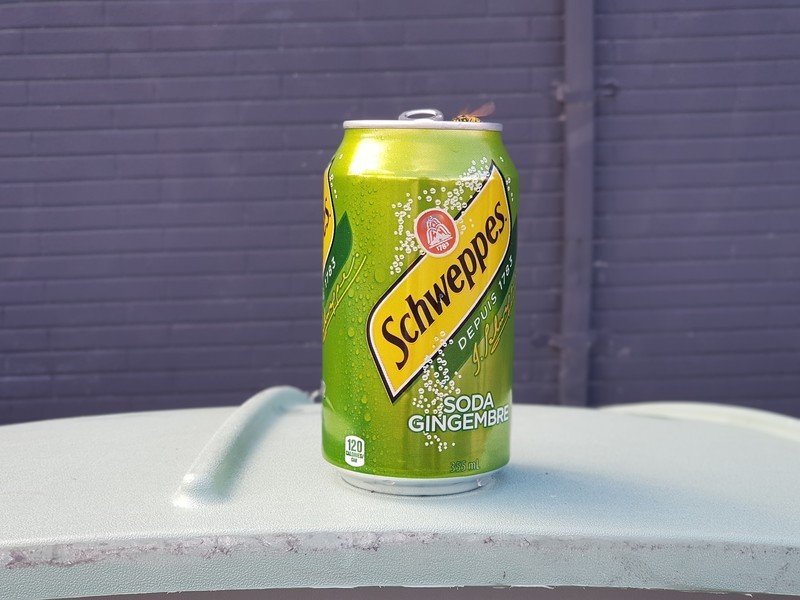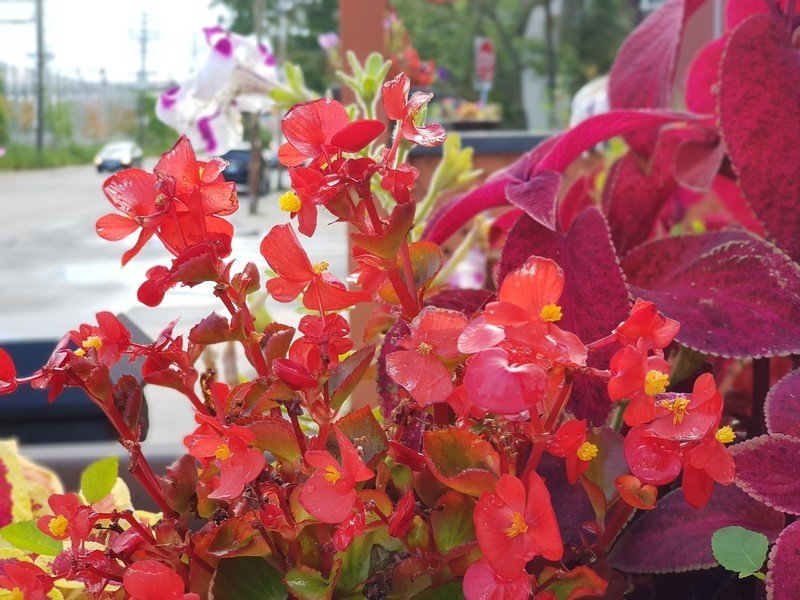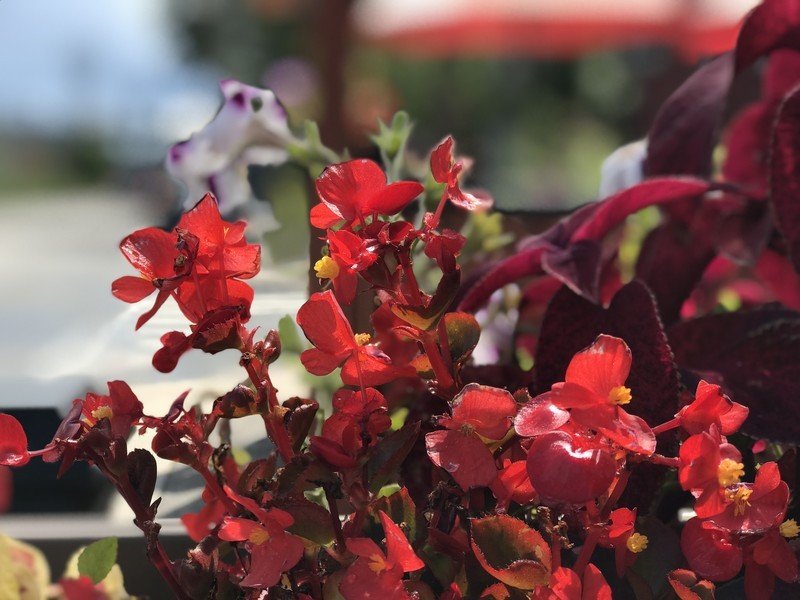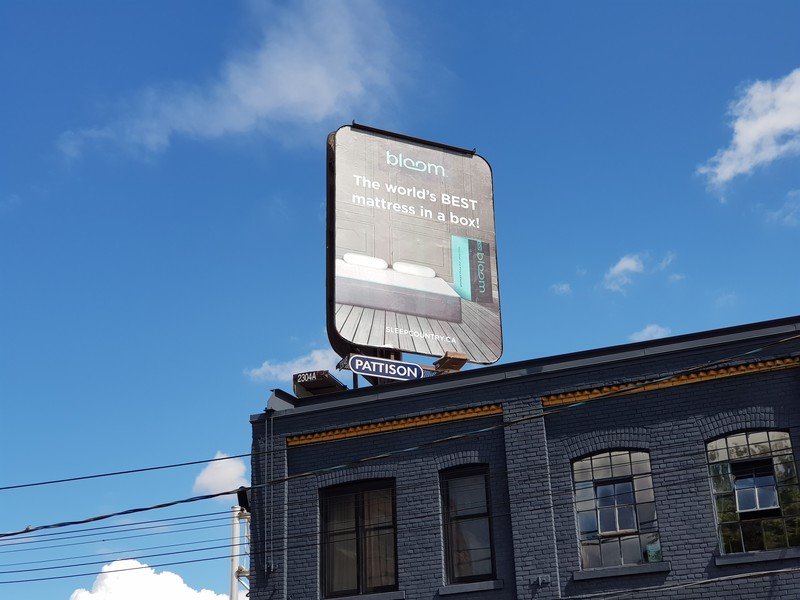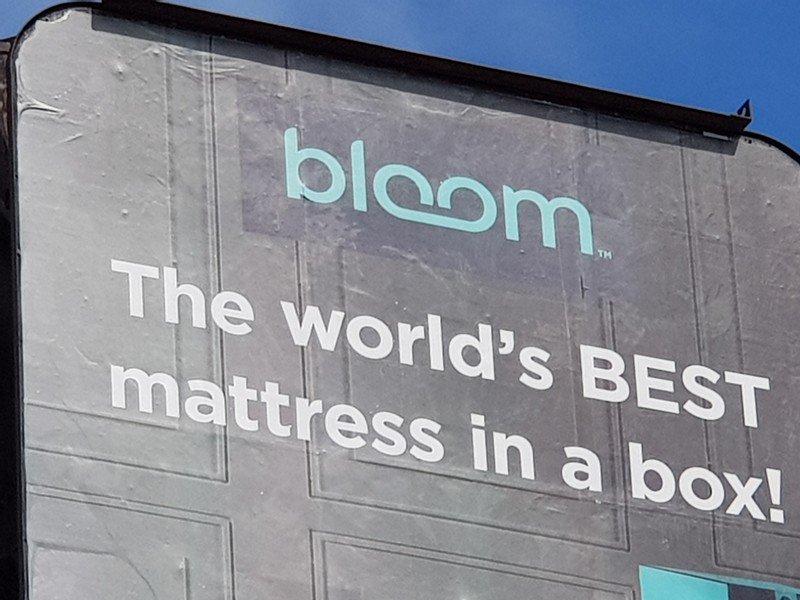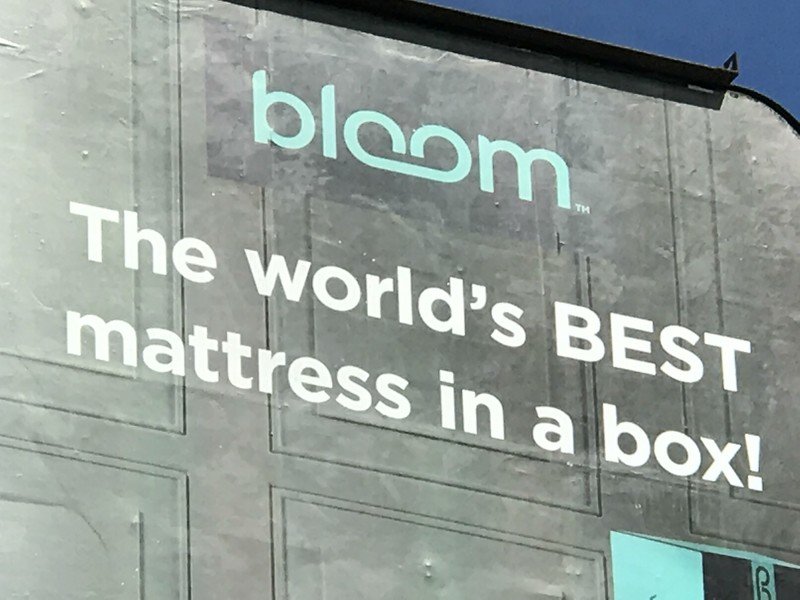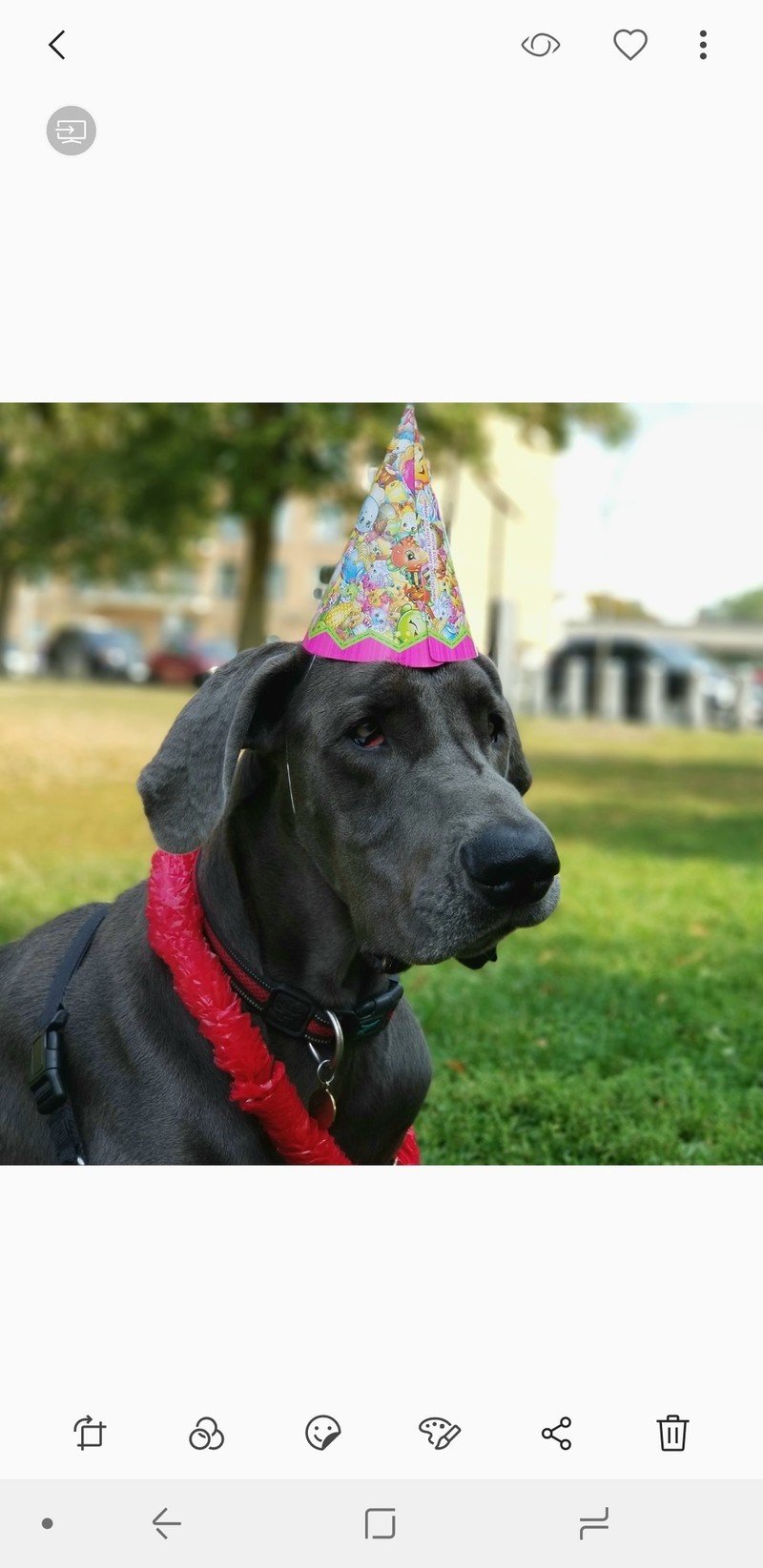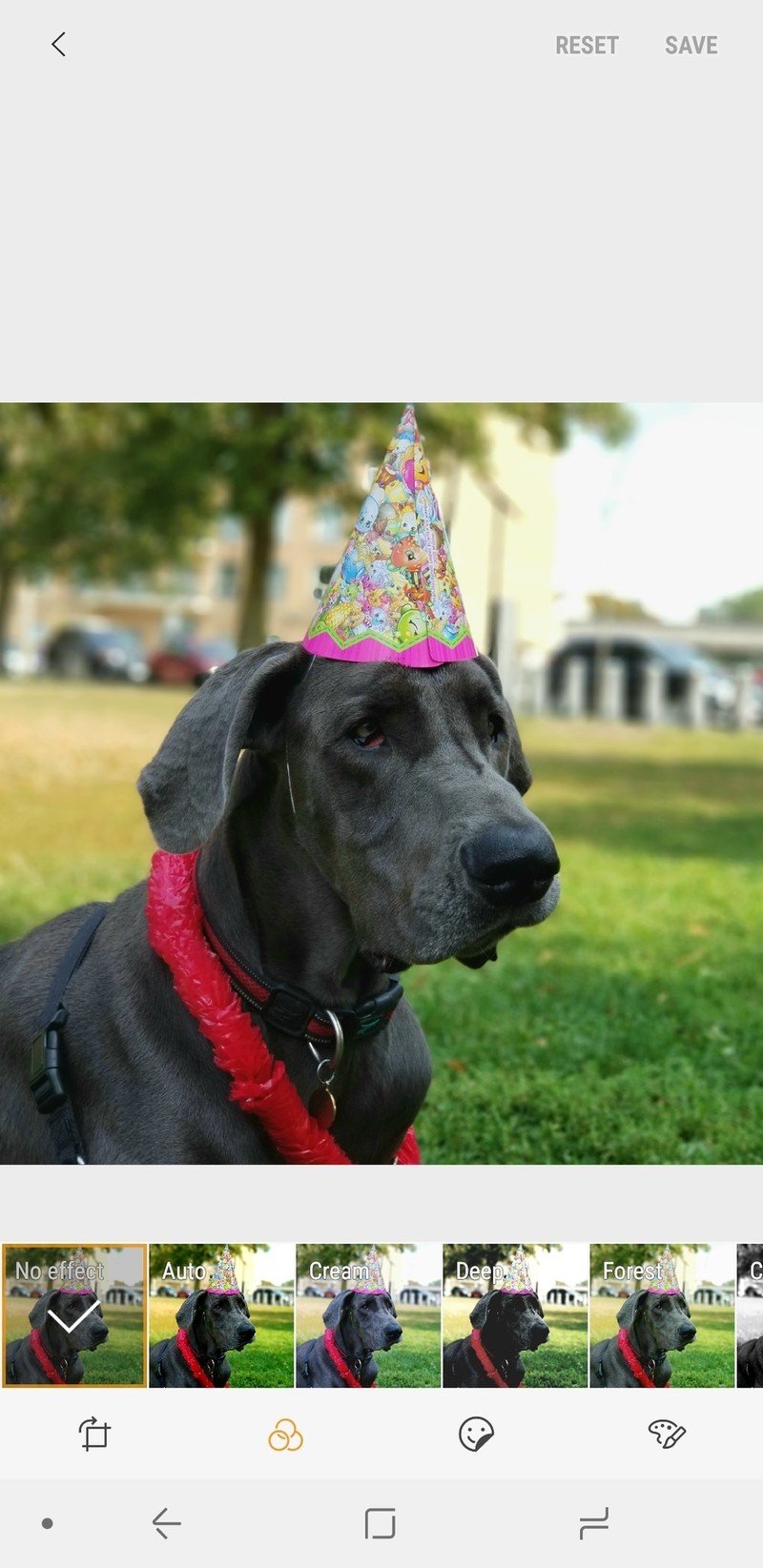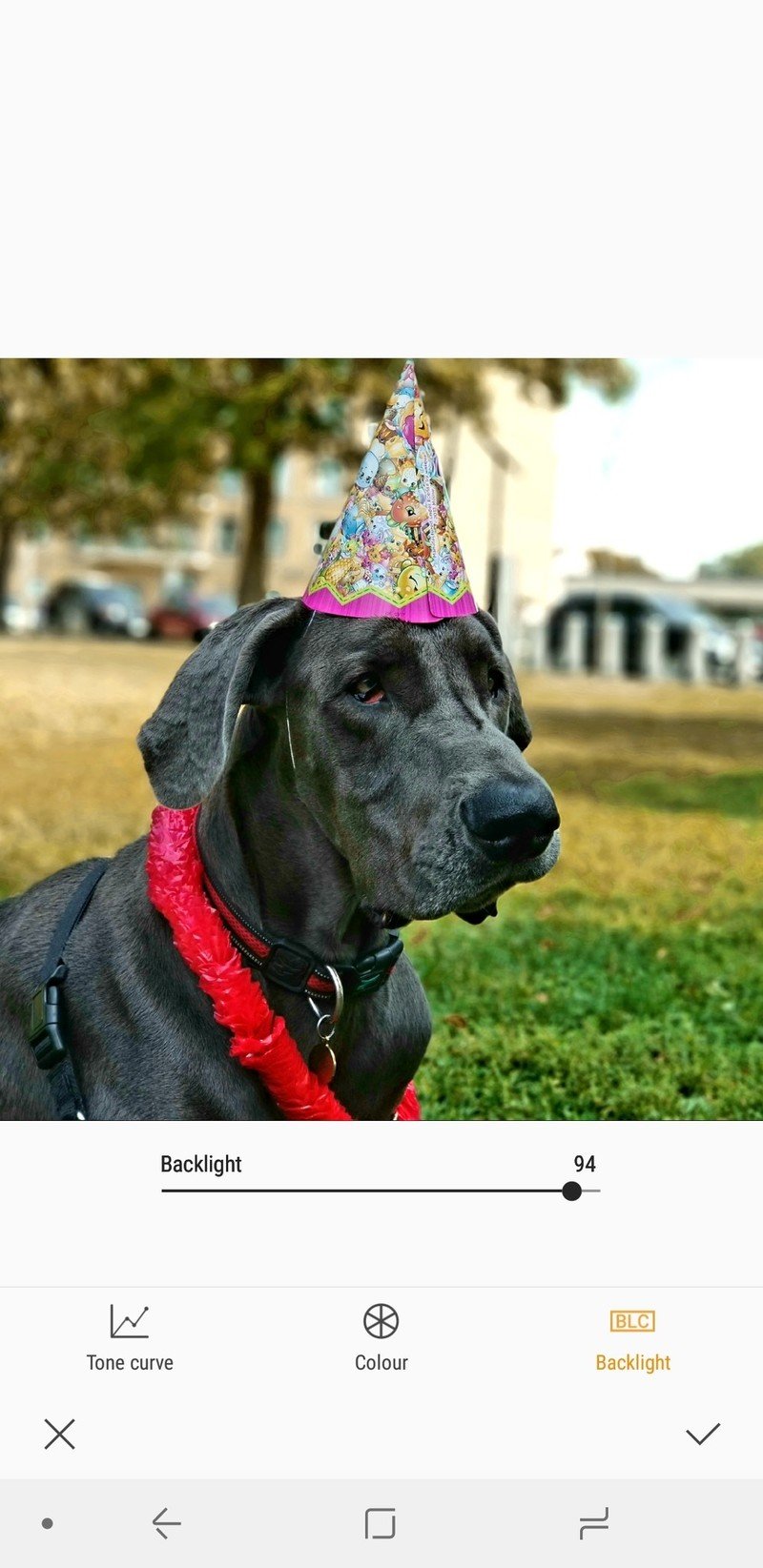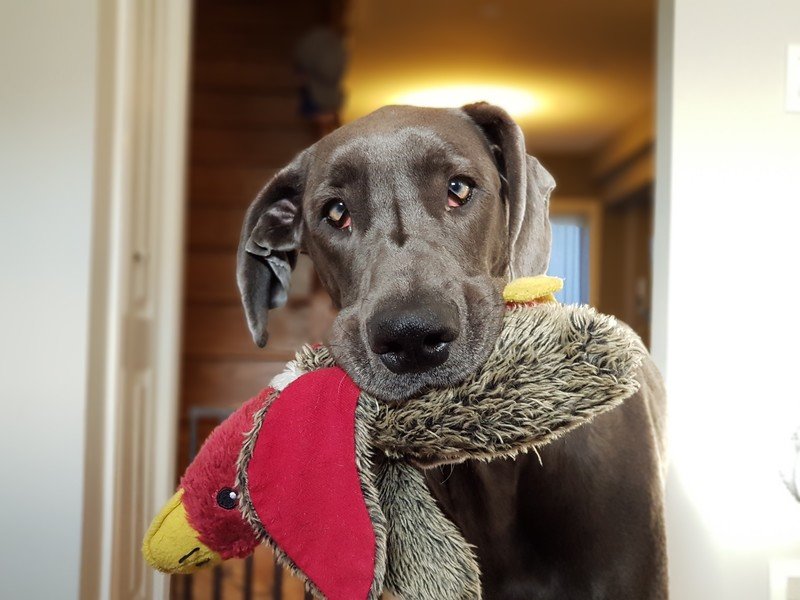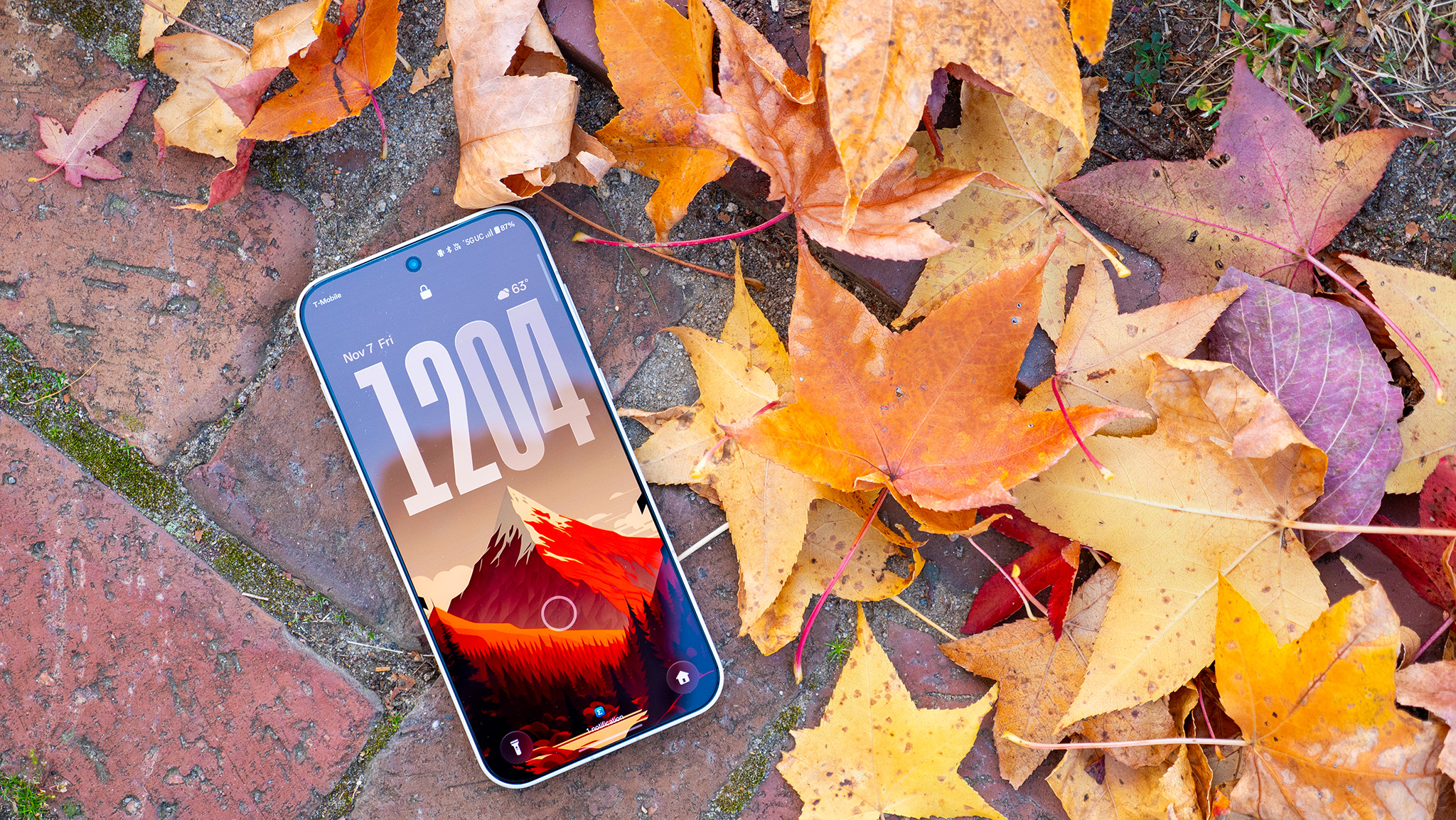Top Galaxy Note 8 camera tips and tricks

It's funny: the Galaxy S8 and S8+ have cameras that can compete with the best phones out there, but because they weren't huge leaps in image quality, speed, and features from the Galaxy S7 they weren't really given a lot of attention. That's a shame, because despite having a single 12MP sensor, the Galaxy S8 series takes some of the best photos I've ever seen.
Given Samsung's predilection for using its Note line to make sizeable improvements to its hardware, pushing the entire company forward into new territory, it would seem disappointing that on paper the Note 8 doesn't do this. Sure, it adds a second sensor and optically stabilized telephoto lens, but do people really want to take photos at twice the distance, or kludgy portraits with artificial background blur?
Actually, yes. And the Note 8 does a tremendous job at both while maintaining the extremely high quality of photos and videos from its main sensor.
In fact, the Note 8's cameras may be among the best across the Android ecosystem. Read on to find out why.
The main camera speaks for itself

Even if the Galaxy Note 8 didn't come with a second camera, it would still have a primary sensor that rivals the top phones on the market.
Samsung began using an updated 12MP Sony sensor with the Galaxy S8 series (contrary to early rumors that it reused the same sensor from the S7) which amounted to subtle improvements in most scenarios. The Note 8 builds on that with the same excellent pedigree and a few months of additional engineering. While most photos are going to be indistinguishable from the S8, there are minor improvements to be found in the speed at which the camera app opens, both from a cold open (upon, say, a phone restart) and when cached (after using it several times), thanks in large part to software improvements to the camera app and the additional two gigabytes of RAM.
Get the latest news from Android Central, your trusted companion in the world of Android

In our tests, the Galaxy Note 8 put out photos that were incredibly warm, rich in color, and sharp, with the software correctly choosing the shutter speed and exposure settings for a given scenario. Like the S8, the Note 8 is a camera that I consistently feel comfortable about shooting with, where I will likely get a good, usable shot most of the time. And in more challenging scenarios, the manual mode is among the best out there, with support for custom metering and autofocus points — things that are usually reserved for more expensive mirrorless and DSLR cameras.
Try Live Focus — it's a gimmick, but a good one
Galaxy Note 8 (left) / iPhone 7 Plus (right)
I present to you two photos. The left was taken using Live Focus mode on the Galaxy Note 8; the right was taken using Portrait Mode on the iPhone 7 Plus. (Yes, there's an iPhone 8 Plus coming out shortly, and we'll take another look at the two phones then.)
You can tell that the iPhone's Portrait effect is much more severe, blurring a considerable amount more of the background by default than Samsung's. The good news is that the Note 8 allows for real-time adjustment of background blur, which is helpful when trying to find the right balance between realism and effect. On the other hand, even the heaviest of effect does not quite match the iPhone's.
The iPhone's Portrait Mode may look better to the average person, but it's also a lot more artificial.
The Note 8's Live Focus mode uses the secondary camera to create a true three-dimensional depth map that attempts to distinguish a foreground subject from the background; this isn't dissimilar to having a camera lens with a very narrow depth of field that creates bokeh, except that this is artificial because the phone's sensor is tiny and the lens is even tinier.
This is very cool stuff, and even though it's Samsung's first attempt at the thing, I think it's done a great job overall. There are scenarios where the edges of the subject are a little ... clipped ... leading to some interesting results, but that doesn't happen too often. And between the three photos above, while I like the iPhone 7 Plus's results better, the Note 8 isn't far behind — and Apple has a year of updates behind its belt (these photos were taken running the iOS 11 Public Beta).
Zoom in — really far
I'm not joking when I say that I hate digital zoom. It's a bad tool and people should feel bad for using it. Obviously, I'm kidding, but the reality is that, when there's no actual lens movement happening, digital zoom amounts to cropping.
Except on phones with telephoto lenses like the Note 8. Sure, the lens isn't exactly telephoto, but it is about double the focal length of the primary camera, which allows for lossless photos at twice the distance, and considerable less loss at up to ten times the difference. See below.
Galaxy Note 8 @ 1x, 2x, 10x
In other words, you shouldn't be afraid to zoom using the Galaxy Note 8, which may not happen a whole lot, but the results you get — say at a wedding, when everyone is craning to get that perfect shot — are sure to come out better than your friend's single-camera device.
Galaxy Note 8 @ 10x (left) / iPhone 7 Plus @ 10x (right)
As an added bonus, here's a comparison between the Note 8 and the iPhone 7 Plus at 10x. You can (hopefully) see the advantages of the improved sensor in the lower noise in the sky and the more-legible text of the billboard. Again, the iPhone 8 Plus is around the corner, but it's nice to know that the Note 8 holds its own in this regard.
Take the slo-mo out for a spin
720p at 240fps. That's what you can look forward to with the Galaxy Note 8's slow motion (or slo-mo) mode. It's quite an accomplishment, and the results are pretty stunning.
But Samsung also makes it pretty easy to find the slo-mo mode, and stupid easy to use, which is great. Better yet, there are extensive video editing features within Samsung's Gallery app, which has silently improved over last year's Galaxy models with nary a mention. It's definitely worth exploring the editing features to make sure you're getting best results you want from your video.
Take advantage of built-in photo-editing
Speaking of editing, there are even more features to improve your photos hidden in Samsung's Gallery app. While basic features like rotation, cropping, and filters are available through the default editing suite, tapping the menu button and opening the photo in Photo Editor Pro lets you make fine changes to images, including the adjustment of the tone curve, specific colors, and backlight — modes that one would regularly see in professional editing suites like Lightroom.
And they're quite good — I've improved many photos using Samsung's Photo Editor Pro. I just wish they weren't hidden away in a menu.
Don't be afraid to take low-light shots
The Note 8 has a 12MP main camera sensor with a f/1.7 lens and a secondary 12MP sensor with a f/2.4 lens. Both are optically stabilized.
This means that you should be able to get a great photo in any lighting condition regardless of the presence of hand movement, or when you want to zoom in on something using that second camera. Some of my favorite low light shots ever have been taken on the Note 8 in recent days.
Having OIS on the second lens means that the Note 8 is more likely to let it take a shot in low light rather than default back to the primary lens with digital zoom.
Try the other modes
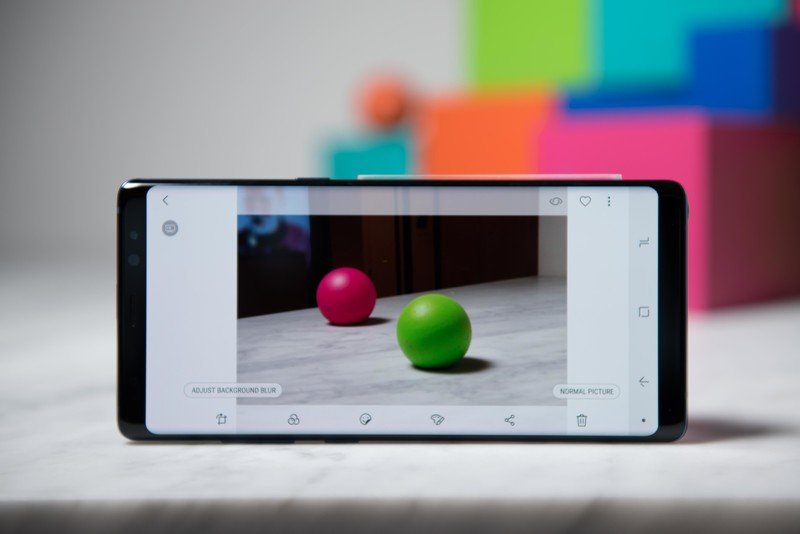
If you swipe right in the camera app, you get to try a few of the additional camera features long-time users of the Note series will be used to. From Food and Sports modes to Hyperlapse and the aforementioned Slow motion, they're all there. But there's one you may want to take advantage of every once in a while: Animated GIF.
If you don't want to mess around with a third-party app that may or may not work properly, you can create a GIF from directly in the camera app. All you need to do is download the mode from the Galaxy Apps store, which requires a Samsung account login.
Make sure Quick Launch is enabled
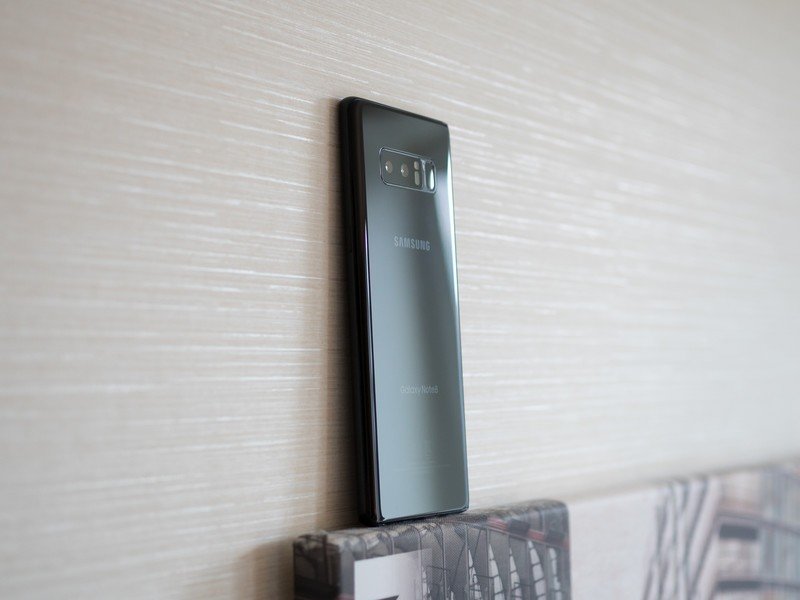
The fastest and easiest way to quickly enter the Note 8's camera app from anywhere — the lock screen, or any app — is Quick Launch. By default, you can quickly double-tap the power button on the right side of the phone to get to the camera, and because there is 6GB of RAM inside the phone, doing so should always be fast.
Enjoy it!
Here's a bonus: take lots of photos, and don't be afraid to fill up that 64GB of storage (or, even better, your unlimited free Google Photos storage) with lots of images and videos you may not think you want. Because that's how you become a better photographer over time.
If you have a kid (or a dog), or something else in your life you just love taking photos of, the Note 8 is going to be a great companion. While I love the wide-angle second camera in the LG V30, and I appreciate the monochrome sensor in the Huawei P10 Plus, I understand why people love the iPhone's Portrait Mode, because something like it on the Note 8 has been a terrific addition to my photographic arsenal.

Daniel Bader was a former Android Central Editor-in-Chief and Executive Editor for iMore and Windows Central.
